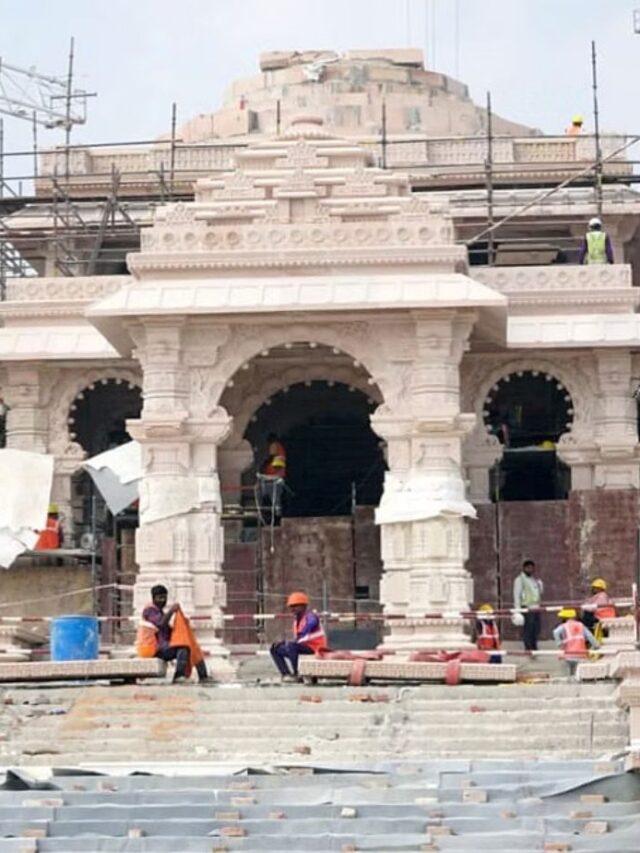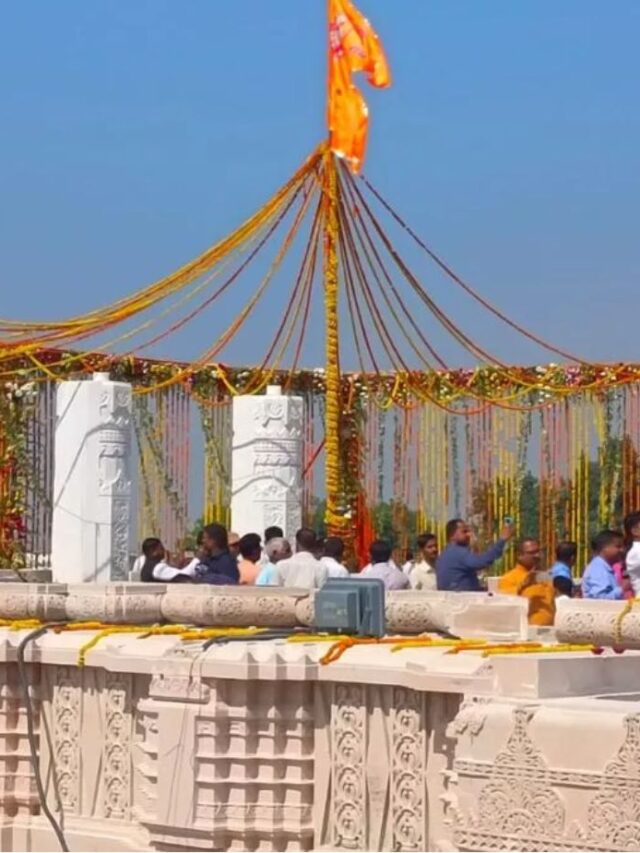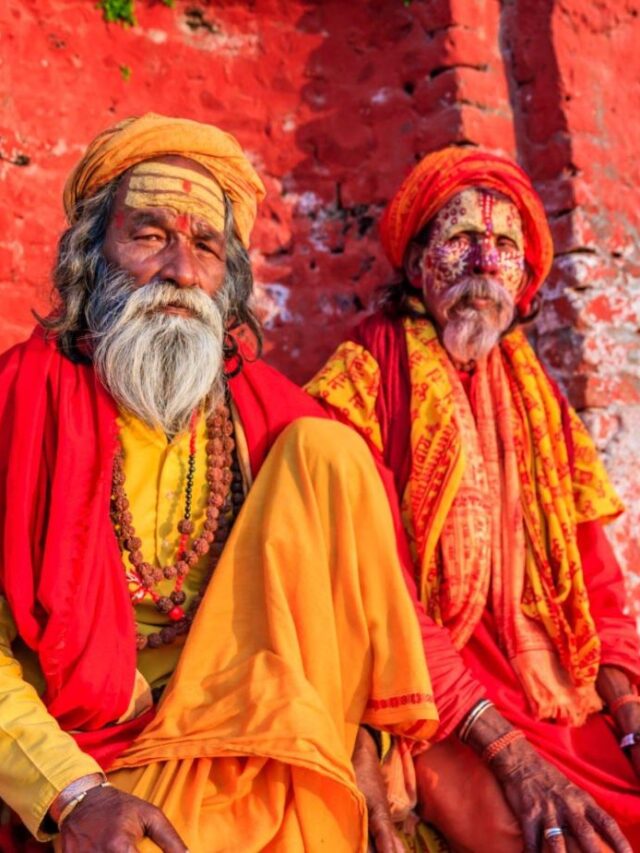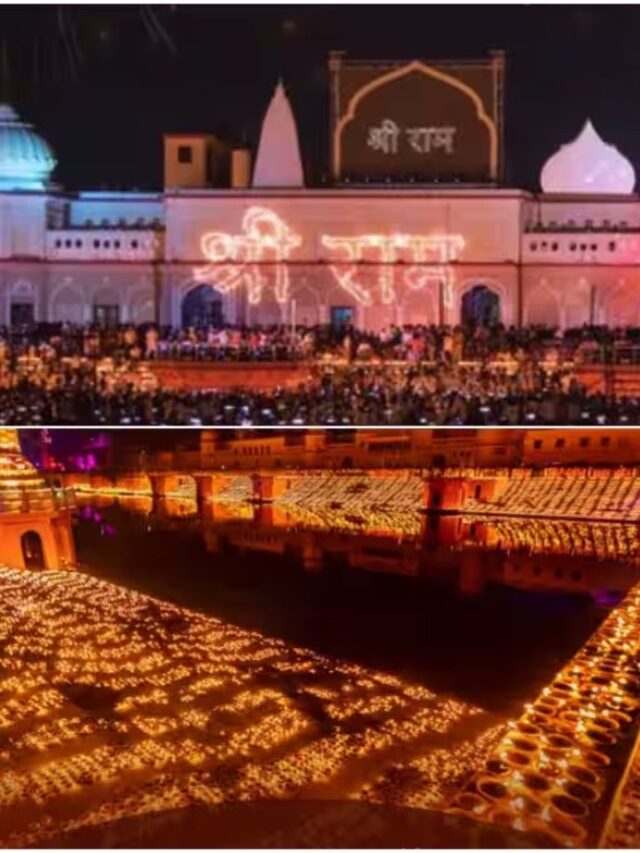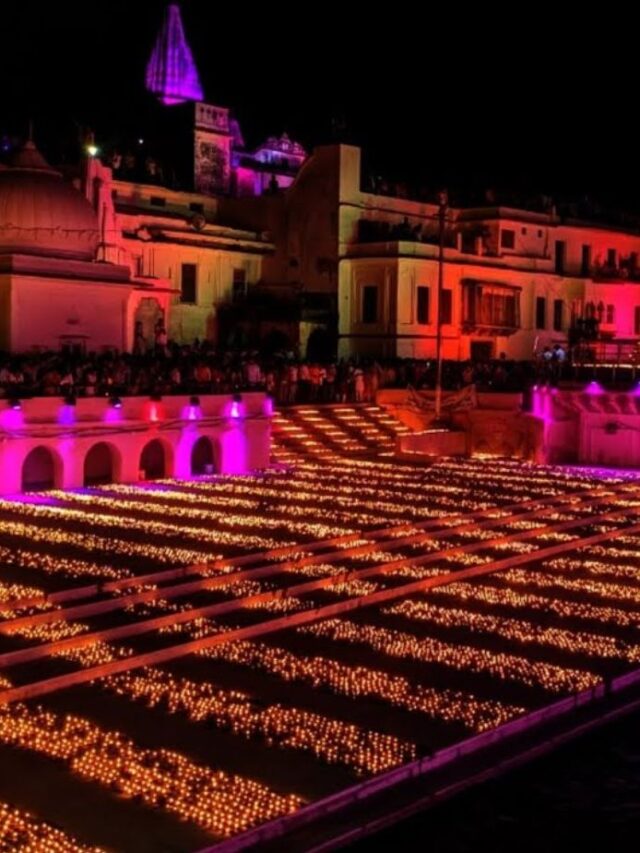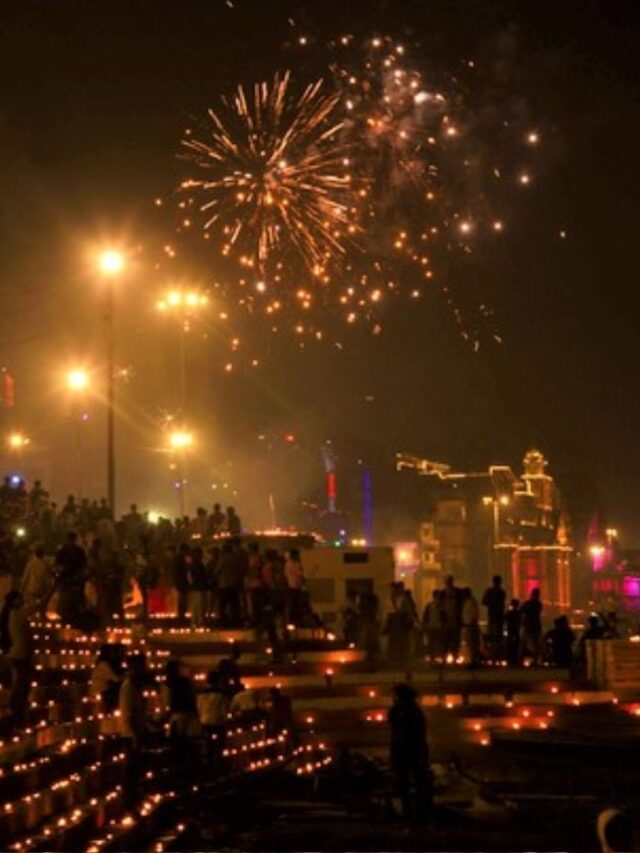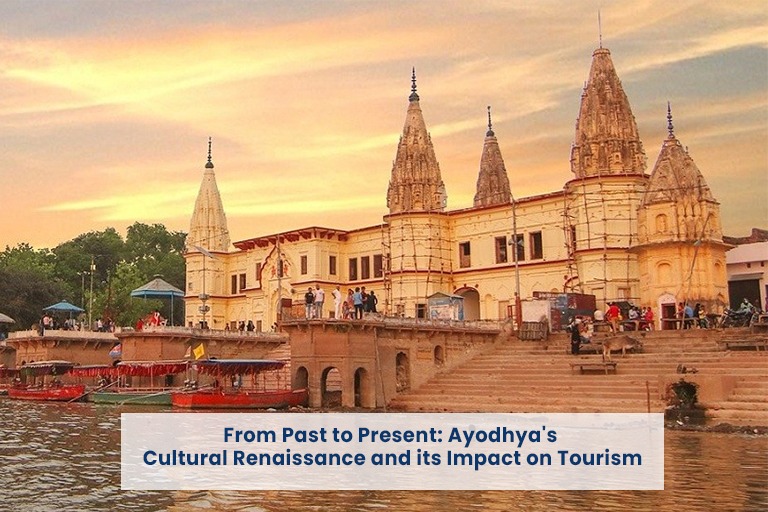In the heartland of India, where the Ganges River flows serenely and ancient stories resonate with profound significance, lies the city of Ayodhya. This city, now known for its religious and historical importance, holds a pivotal role in Hindu mythology. At the epicenter of Ayodhya’s significance is the legendary tale of Lord Ram, a revered figure in Hinduism. Delving into the religious folklore and symbolism, this article seeks to unravel the intricate connection between Ayodhya and Lord Ram’s epic tale.
Ayodhya: A Sacred Abode
Nestled in the northern state of Uttar Pradesh, India, Ayodhya stands as the capital of the ancient Kosala Kingdom. Referred to as “Saketa” in ancient scriptures, it holds a profound significance in religious and historical narratives. Yet, Ayodhya’s ultimate sanctity emanates from its deep-rooted association with Lord Ram, recognized as the seventh incarnation of Lord Vishnu in Hinduism.
 In Hindu scriptures, Ayodhya is depicted as the epitome of righteousness (dharma) and virtue (punya), providing the backdrop for the epic saga of Lord Ram’s life and his unwavering commitment to these principles. The very essence of its name, “Ayodhya,” signifies an indomitable spirit, reflecting the city’s profound spiritual fortitude and its pivotal role in nurturing the path of dharma.
In Hindu scriptures, Ayodhya is depicted as the epitome of righteousness (dharma) and virtue (punya), providing the backdrop for the epic saga of Lord Ram’s life and his unwavering commitment to these principles. The very essence of its name, “Ayodhya,” signifies an indomitable spirit, reflecting the city’s profound spiritual fortitude and its pivotal role in nurturing the path of dharma.
Also read – Ram Mandir Construction: SP MP Shafiqur Rahman Burke raised questions on Ram Temple
The Ramayana: A Timeless Epic
To unravel the intricate bond between Ayodhya and the legend of Lord Ram, we must embark on a profound exploration of the timeless epic known as the Ramayana. This sacred scripture, crafted by the venerable sage Valmiki, stands as a cornerstone in Hindu mythology, recounting the extraordinary journey of Lord Ram, from his exile to the harrowing abduction of his beloved wife Sita by the demon king Ravana, culminating in his resounding victory of righteousness over malevolence.
In the formative years of Lord Ram’s existence, Ayodhya stands as the stage, where he emerges as the firstborn of King Dasharatha and Queen Kaushalya. Within the confines of Ayodhya’s boundaries, Lord Ram’s journey unfolds, marked by an unswerving dedication to righteousness and a steadfast commitment to fulfilling his roles as the paragon of filial piety, a noble prince, and, eventually, a just and benevolent monarch. Throughout this narrative, Ayodhya emerges as an embodiment of prosperity and serenity, flourishing under the benevolent governance of King Dasharatha.
The Exile and Ayodhya’s Sorrow
In the annals of Ayodhya’s history and Lord Ram’s own journey, few moments are as profoundly moving as his banishment to the untamed wilderness, an integral chapter within the epic saga of the Ramayana. King Dasharatha’s promise to his wife Kaikeyi, who seeks Lord Ram’s exile, demonstrates the importance of truthfulness and fulfilling one’s commitments, even at great personal cost.
As Lord Ram leaves Ayodhya, the city is overcome with sorrow. His departure marks a turning point in the epic, symbolizing the sacrifice and duty-bound nature of Lord Ram. The city’s grief resonates with the readers and devotees alike, underscoring the emotional connection between Ayodhya and Lord Ram’s epic journey.
Also read – The Timeless Characteristics of Lord Shri Ram’s Character
Also read – Ayodhya, the Battle for India’s Soul: The Complete Story
Ayodhya’s Role as the City of Return
Ayodhya is not just the backdrop for Lord Ram’s departure; it is also the destination of his triumphant return. After defeating Ravana and rescuing Sita, Lord Ram returns to Ayodhya to ascend the throne as its rightful king. The jubilant return to one’s roots is marked with an unparalleled enthusiasm and opulence, embodying the rekindling of virtue and moral values.
Diwali, or Deepavali as it’s also called, represents a significant Hindu festival, commemorating Lord Ram’s homecoming to Ayodhya. Houses and thoroughfares gleam with the radiant glow of oil lamps and candles, embodying the victory of illumination over obscurity, virtue over malevolence, and reality over deceit. Ayodhya’s Diwali festivities are exceptionally splendid, drawing in pilgrims and fervent worshippers from across the entirety of India.
Ayodhya’s Temples: A Testament to Devotion
Ayodhya’s significance in Lord Ram’s story is further immortalized through its temples. In this bustling metropolis, numerous temples pay homage to Lord Ram and his divine companion, Sita, with the renowned Ram Janmabhoomi Temple standing as the sacred site believed to mark the birth of Lord Ram.
The Ram Janmabhoomi Temple, a nexus of spiritual and political discussions within India for an extensive period, has been marked by its fair share of disputes and tensions. Nonetheless, it also serves as a powerful symbol of unwavering dedication and veneration towards Lord Ram. Ayodhya, drawing pilgrims and devotees from every corner of the globe, becomes a sacred destination where they receive blessings and behold the hallowed birthplace of their cherished deity.
Symbolism of Ayodhya
Beyond its historical and religious significance, Ayodhya holds profound symbolism in Hindu mythology. It represents an ideal city, a utopian realm where dharma, righteousness, and virtue flourish. Ayodhya serves as a moral compass, guiding individuals towards a life guided by ethics and duty.
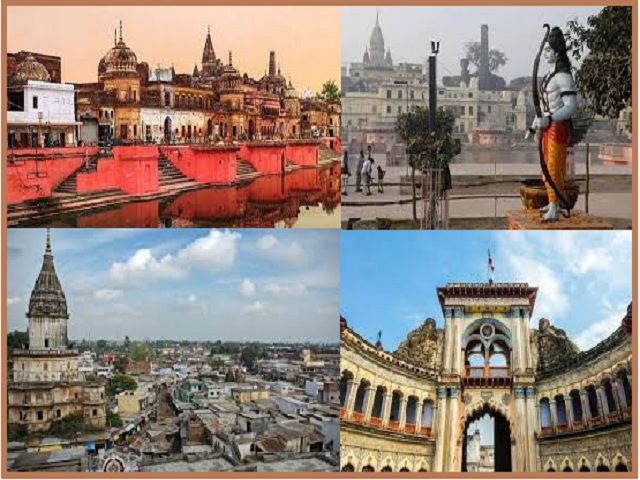
Ayodhya, known as the impregnable city, symbolizes its indomitable resilience against the tides of wrongdoing and malevolence. It serves as a steadfast reminder that virtue shall eternally conquer wickedness, even when confronted with daunting challenges. The Ramayana’s depiction of Ayodhya underscores the significance of upholding one’s obligations, keeping sacred pledges, and adhering to the path of righteousness.
Also read – 5 Facts You Need to Know About the Ayodhya Ram Mandir Controversy
Conclusion
The intricate link between Ayodhya and the epic saga of Lord Ram is an exceptionally profound bond, intricately woven into the rich fabric of Hindu mythology and culture. Within this city, the principles of dharma, righteousness, and virtue aren’t merely articulated; instead, they are profoundly embodied and joyously exalted. From Lord Ram’s birth to his triumphant return, Ayodhya’s role in the Ramayana narrative is pivotal, reflecting the timeless message of good conquering evil and the triumph of light over darkness.
While Ayodhya draws an ever-growing crowd of pilgrims and faithful followers, it stands as an eternal emblem of unwavering devotion and steadfast faith. This sacred city serves as a harmonious nexus where the timeless narrative of Lord Ram perpetually kindles inspiration, leading successive generations on the path of righteousness and moral virtue. Ayodhya, with its rich history and religious significance, will always be a sacred abode where Lord Ram’s epic tale finds its eternal home.
Also read – Explore Makkah and Madinah: The Best Places to Visit During Umrah


